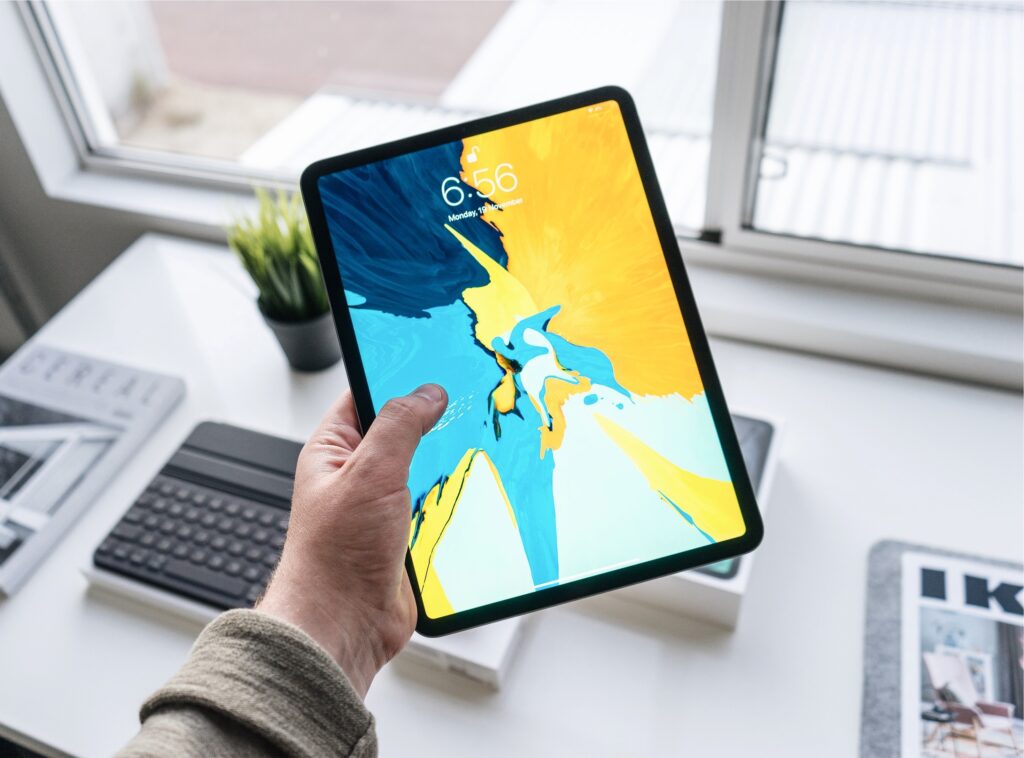Today’s healthcare system is in a state of constant change. With the advent of electronic medical records and patient care has improved dramatically. However, when it comes to technology in the hospital setting, there are many opportunities for improvement. The following are three digital strategies that improve patient care.
Mobile Healthcare Apps
Having mobile healthcare apps is a key digital technology strategy for improving patient care and their experience. Mobile healthcare apps are now available for both Android and Apple devices which makes them extremely accessible since the majority of the population has cell phones. These apps provide a convenient way to access medical information. This includes diagnostic tools, lab results, appointment schedules, medications lists, and more.
Some of these apps also allow you to take your vital signs yourself with the touch of a button. They can even remind you when it’s time for medication or exercise! All this means that patients have more control over their own healthcare decisions than ever before.
With more and more people using smartphones and other mobile devices, hospitals must develop practical tools for digital healthcare. More than ever before, smartphone users are demanding effective mobile healthcare apps. Healthcare apps will help save time, create more efficiency, and create more communication. With all this potential, it’s no wonder that many people are optimistic about the future of digital healthcare.
Virtual Care
Virtual care is the practice of providing healthcare remotely through electronic technology. Patients can now see doctors, nurses, and other professionals online using video chat or virtual reality. The doctors or medical professionals will then diagnose and treat their health needs without ever leaving home.
Virtual care has many benefits. They include:
- Saving time for patients who don’t have to travel to appointments.
- For some people, it also means having more access to specialized physicians. This is an added advantage to those who may not be physically fit to travel over a long distance.
- Virtual care also helps those who reside in locations where there are few specialists available.
- In addition, with the help of a doctor’s expertise over a video feed, patients can receive treatment from the comfort of their own homes.
- With Virtual care, you don’t have to worry about weather conditions or other factors affecting the outcome.
- The implementation of virtual care has the potential to decrease long-term healthcare costs. It will also increase patient satisfaction.
Electronic Medical Records
Electronic medical records are computerized patient information records. They include diagnostic test results and physicians’ notes. This system has changed how it delivers healthcare in many ways, making it more affordable, accessible, and better for patients.
It’s also saving lives by providing a complete picture of a patient’s condition to doctors. Research shows that EMR’s have helped reduce preventable deaths from medical errors by almost 50%. Today, there are three main types of EMRs:
- Paper-based systems, where healthcare providers input data into their handwritten documents.
- Stand-alone software programs are installed on computers within individual offices or clinics.
- Cloud-based services. You can access it through the internet from any location with an internet connection.
Anyone with the necessary credentials, including the patient, can access cloud based EMRs. Instant access to medical records makes it easier for patients to take charge of their healthcare. It also helps them to communicate more efficiently with doctors about test results and treatment plans.
Electronic medical records are revolutionizing medicine. This is by enabling better communication among healthcare providers, patients, and researchers. Doctors will track a patient’s progress over time instead of relying on memory or handwritten notes that may become lost or illegible over time. The availability of such data may also help researchers identify previously unknown relationships between conditions or treatments. It will also enable them to conduct more studies and make breakthroughs in medical research. You can use electronic health records to track immunization history. It also helps to monitor what prescriptions patients are taking and when they were last seen by a medical professional. They can flag potential drug interactions that may cause severe harm or even death if taken with other medicines.
Bottom Line
Companies are constantly inventing new technology every day. They are also working to improve upon it to make healthcare better and more accessible for everyone. This wave of technological advancement is improving patient care through ease of use, speed, and accessibility.
- 5 Modern Computer Safety Tips You Should Know About - December 17, 2024
- A Day in the Life of an App Developer - October 24, 2024
- Tech and Marketing: How Industries Collide - October 11, 2024




From my side, private hospitals can begin by implementing digital Patient Intake Forms in order to digitalize all data captured from these forms. This enables doctors to monitor patient’s health in a better way.